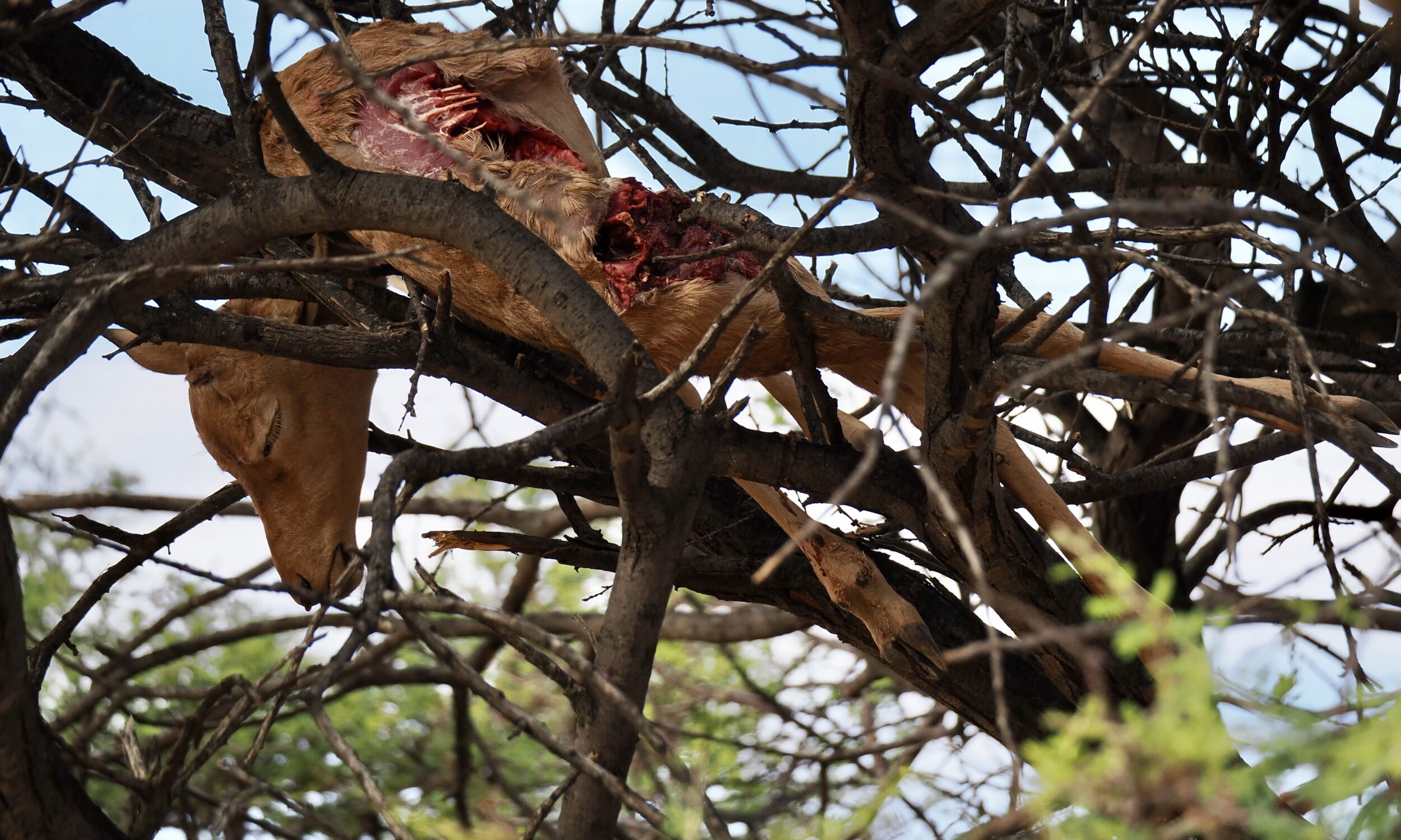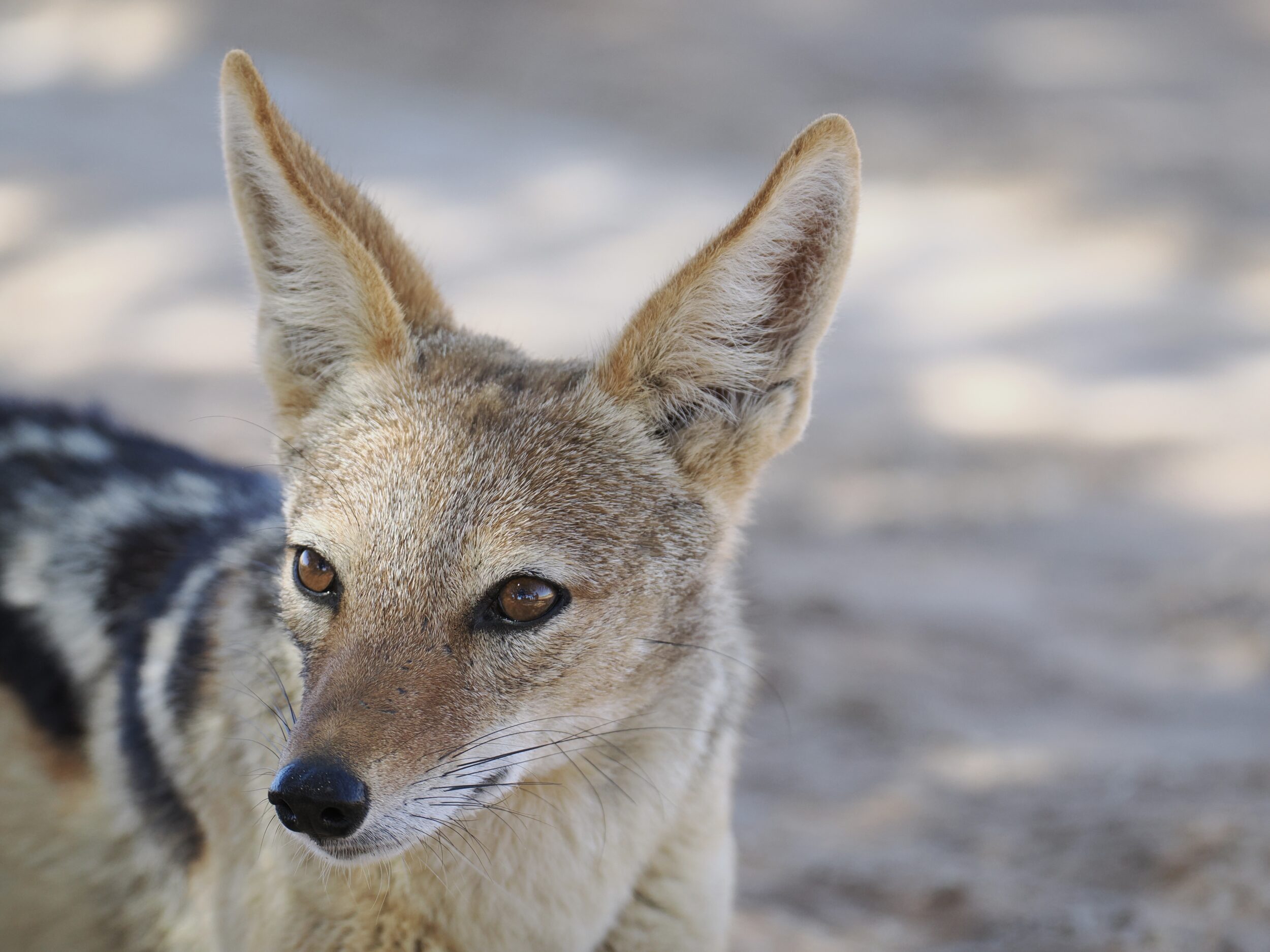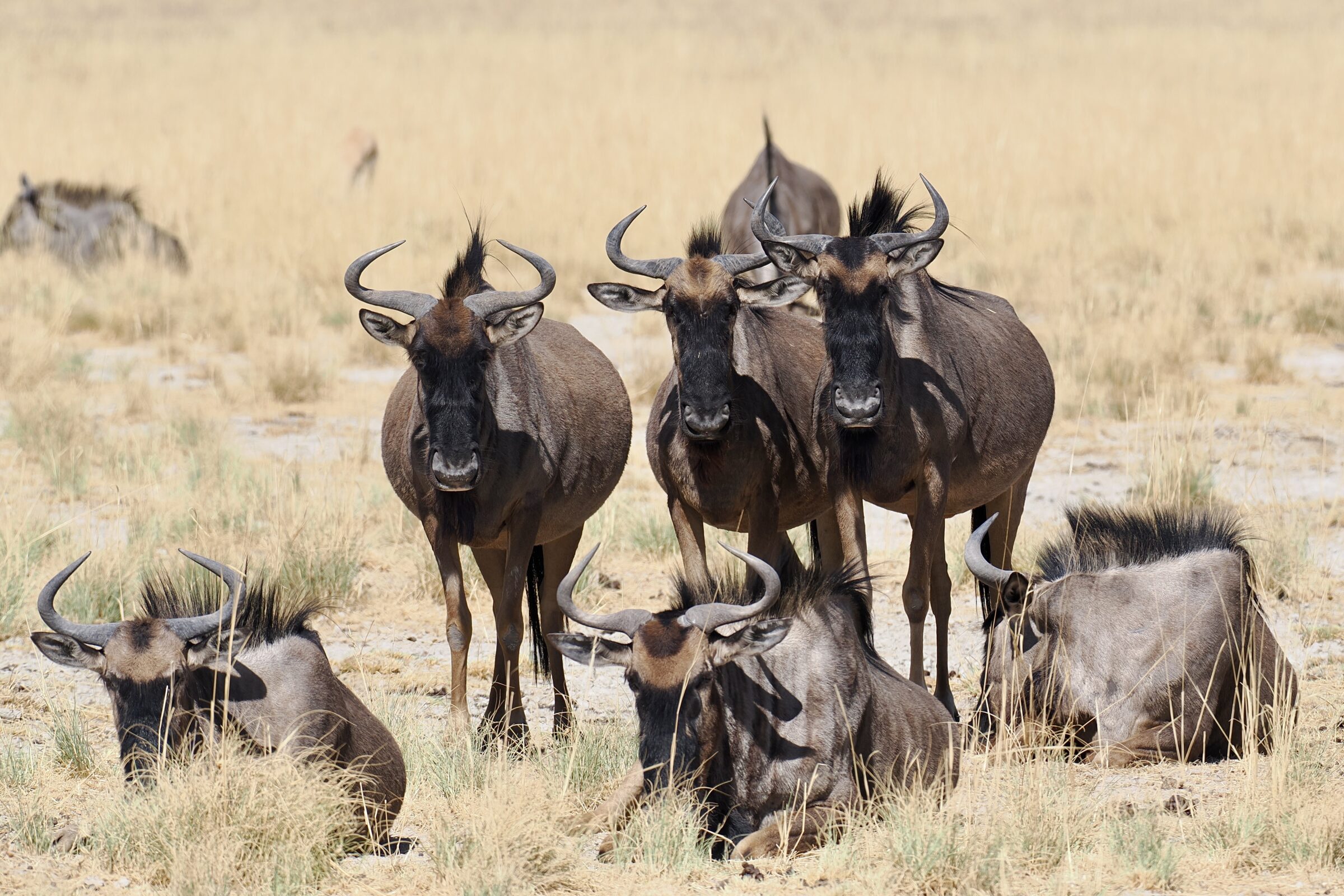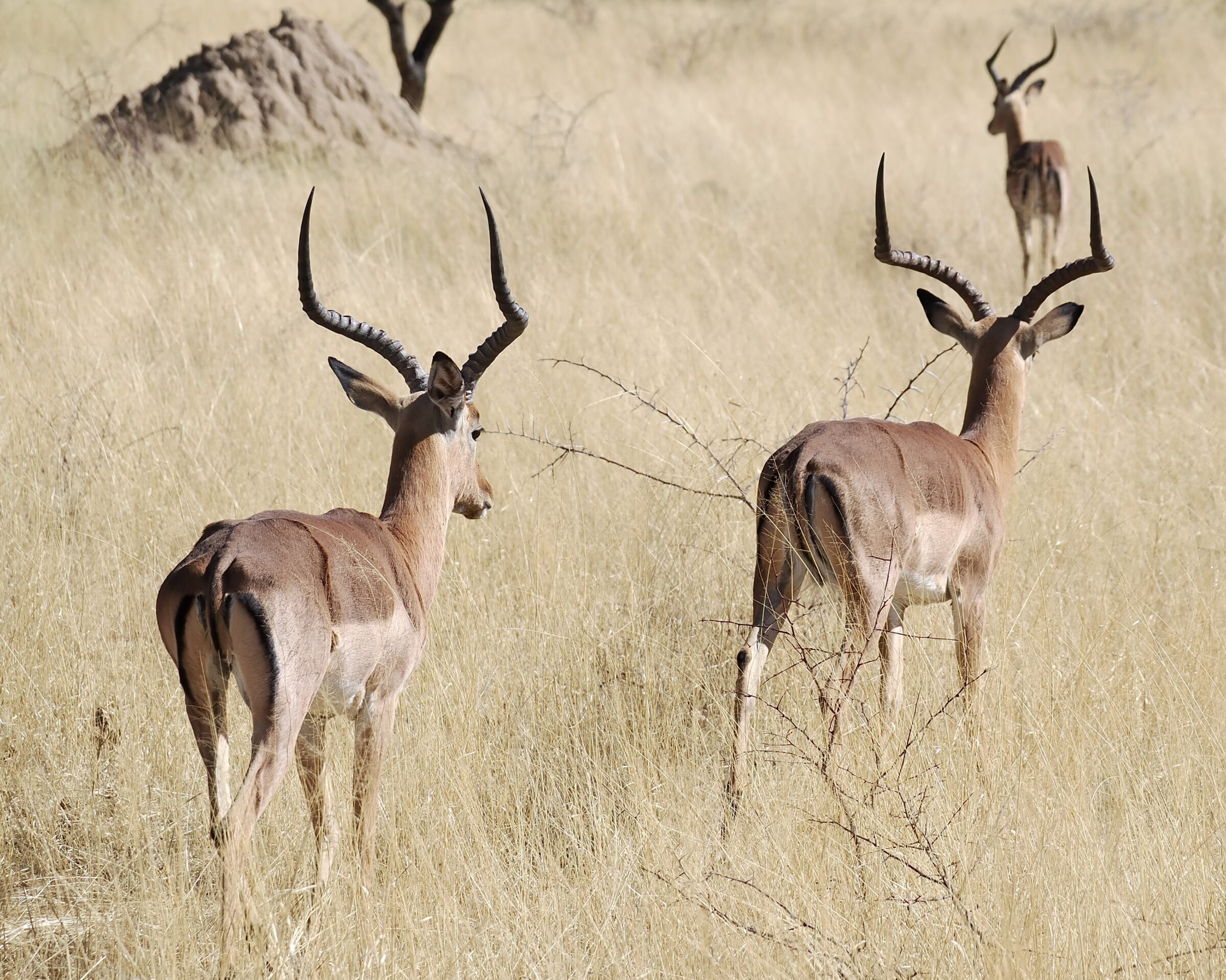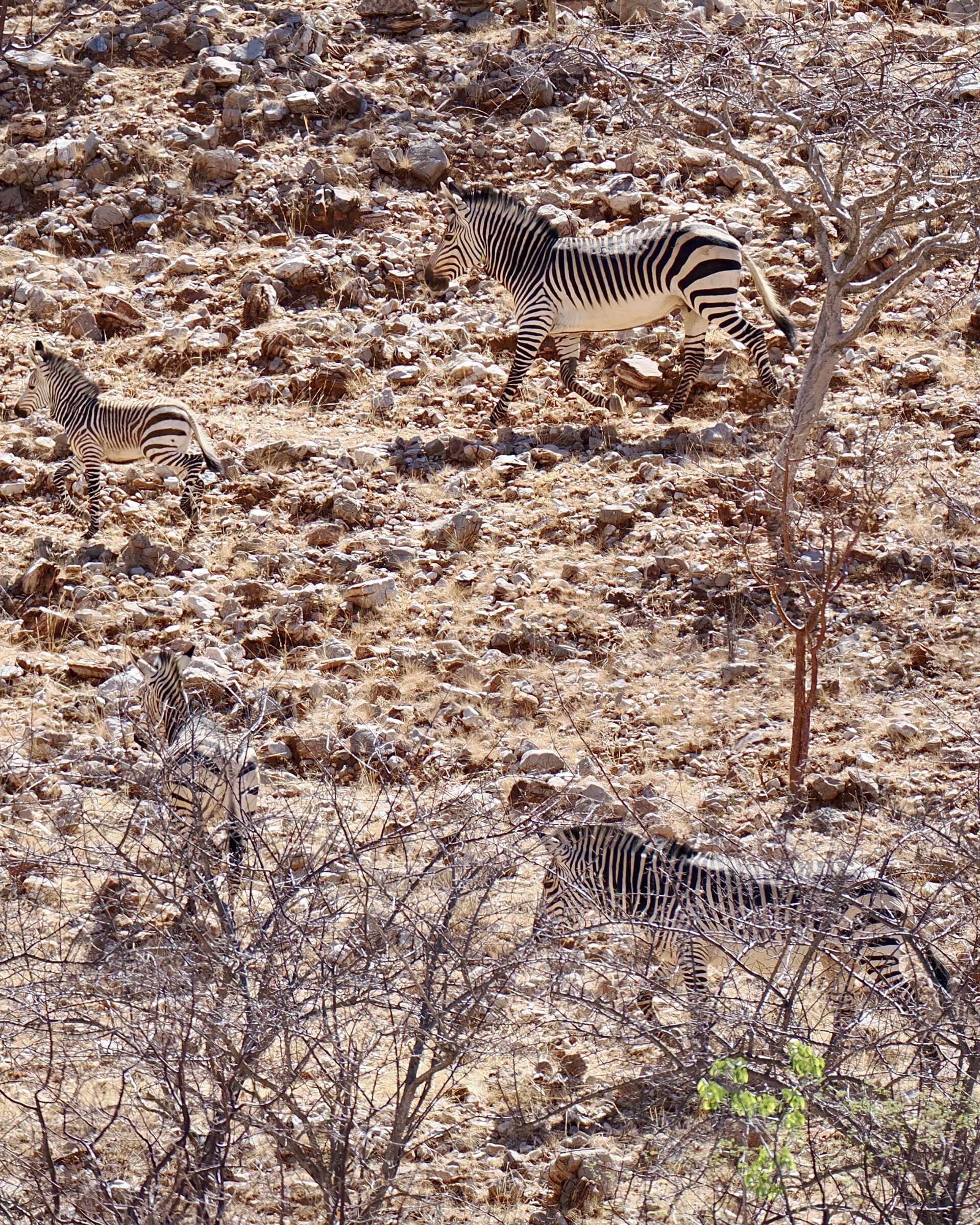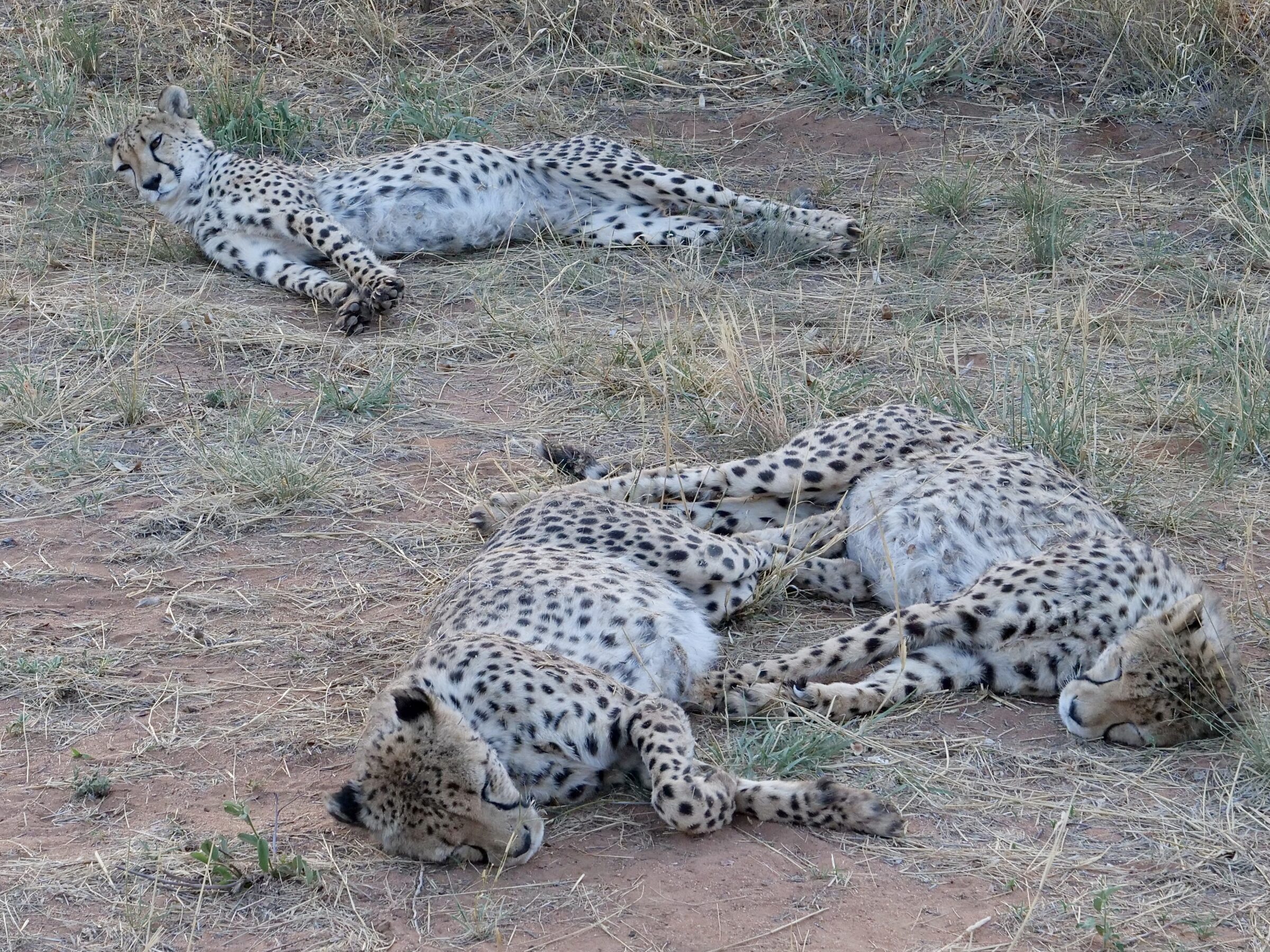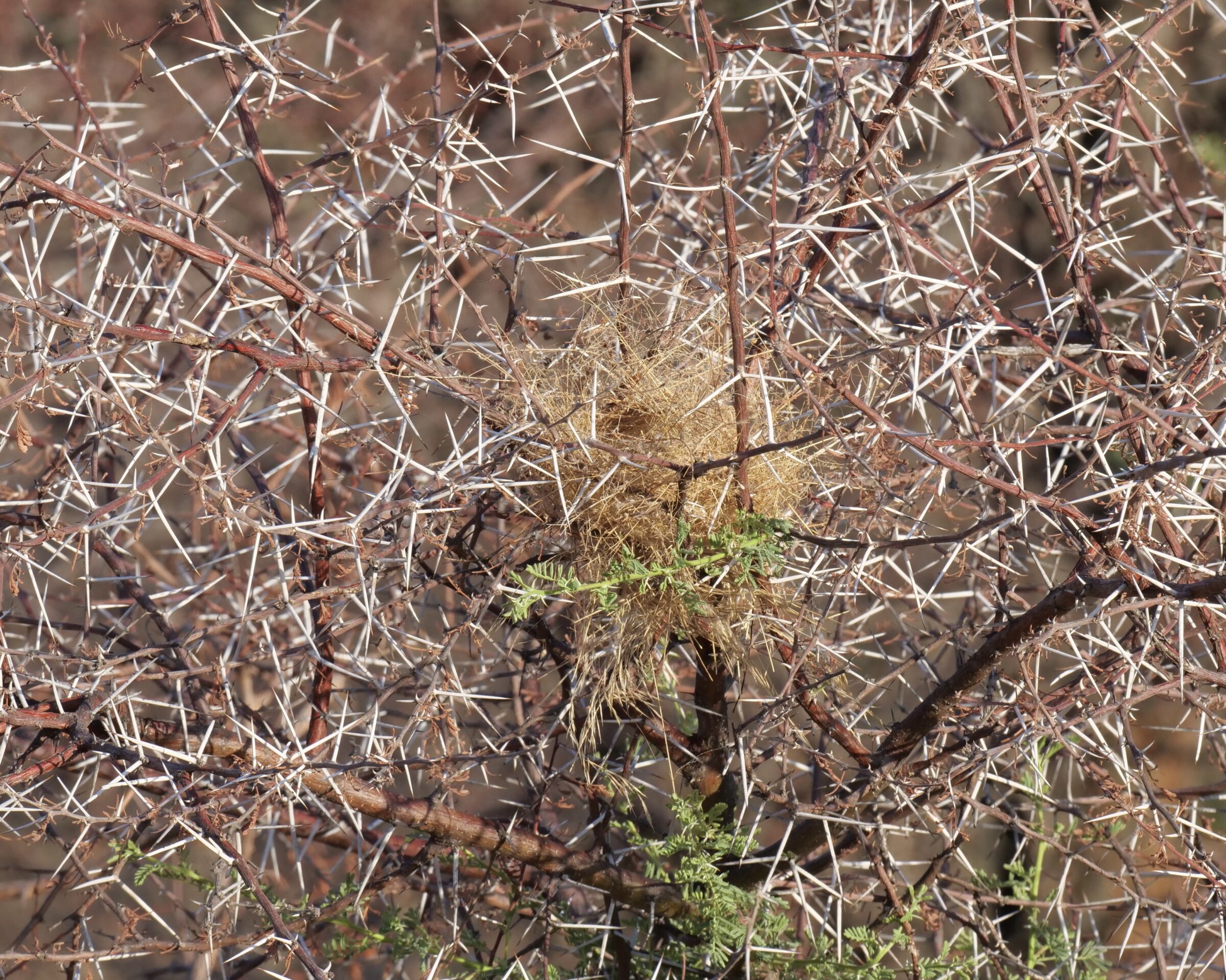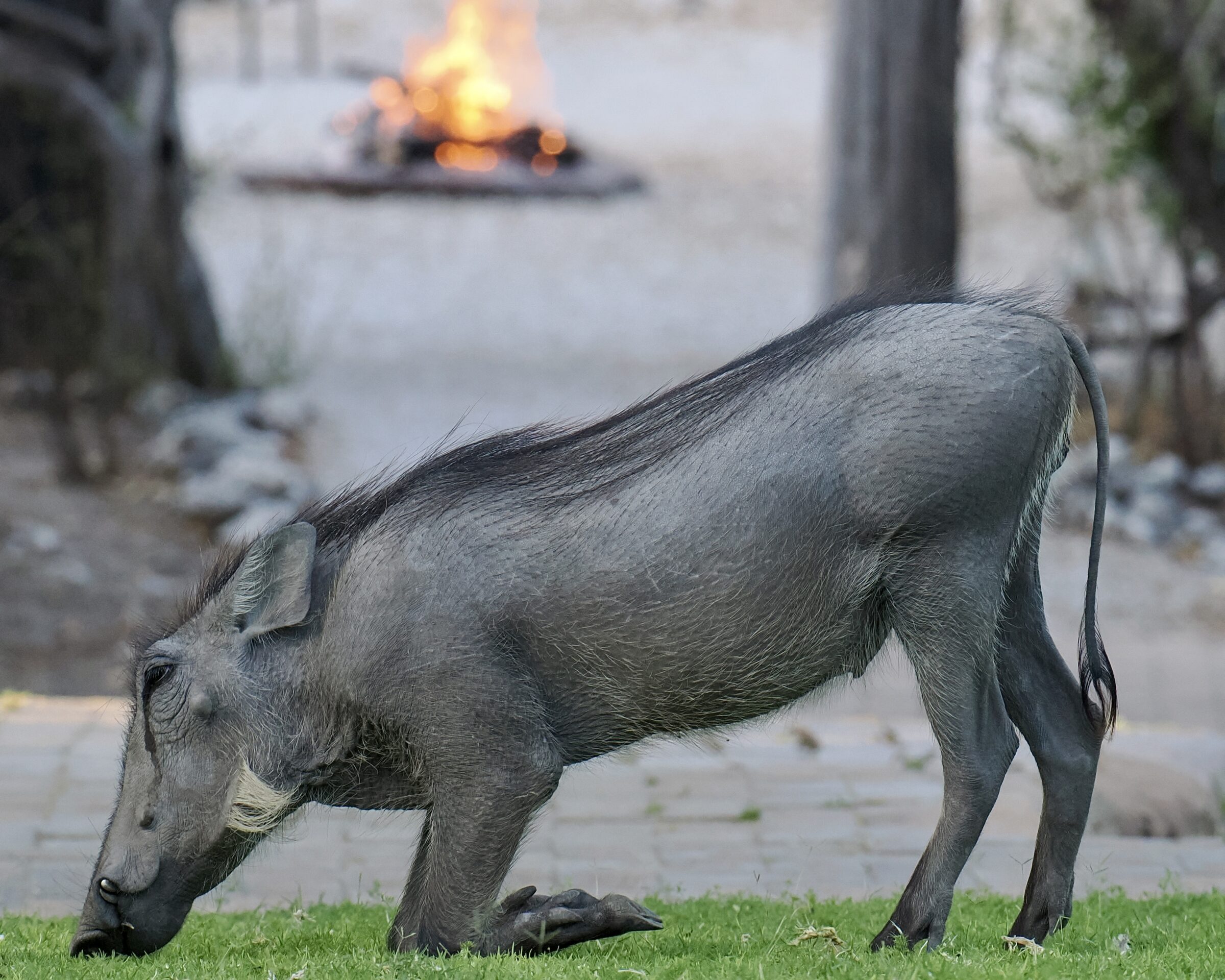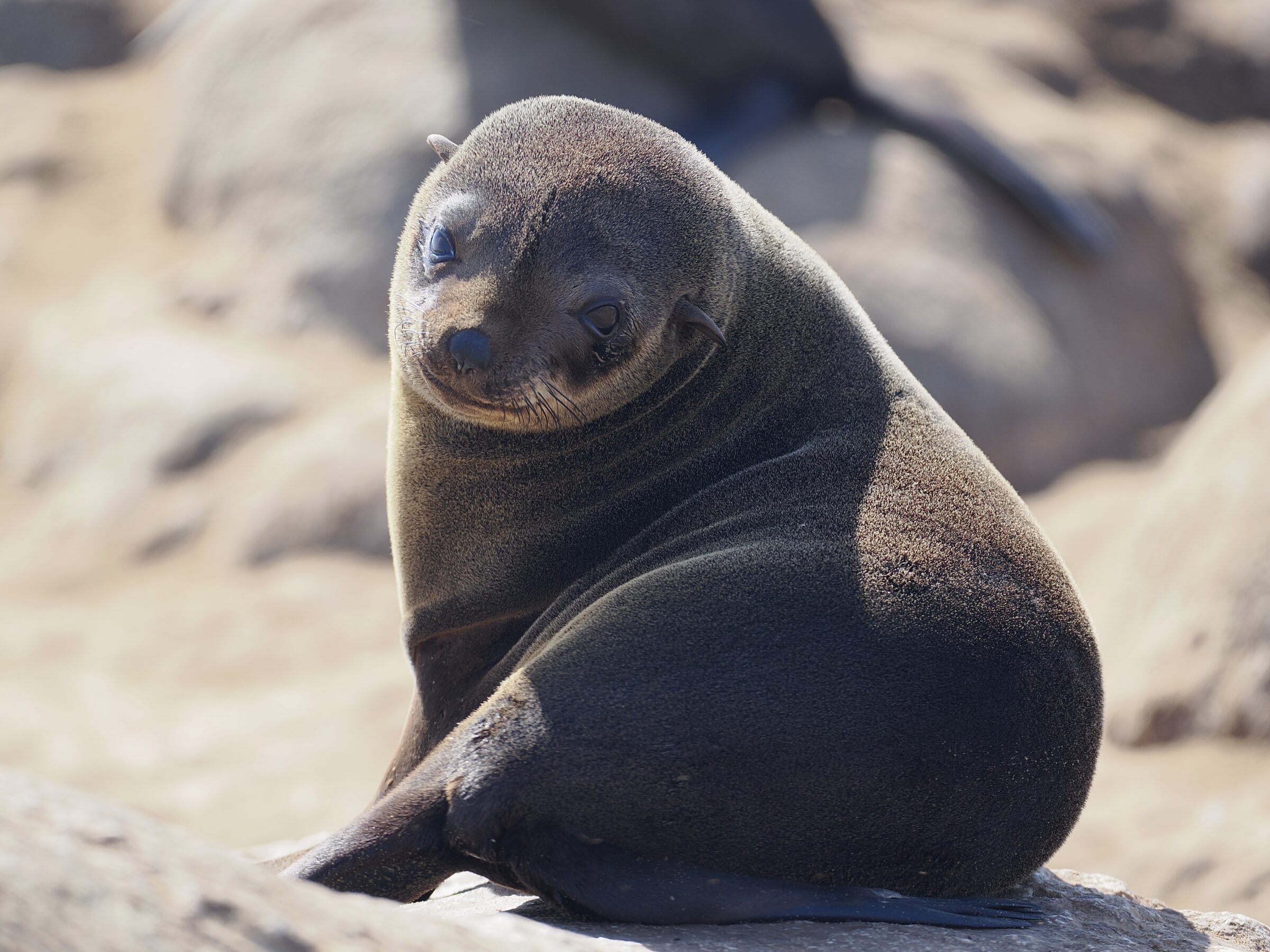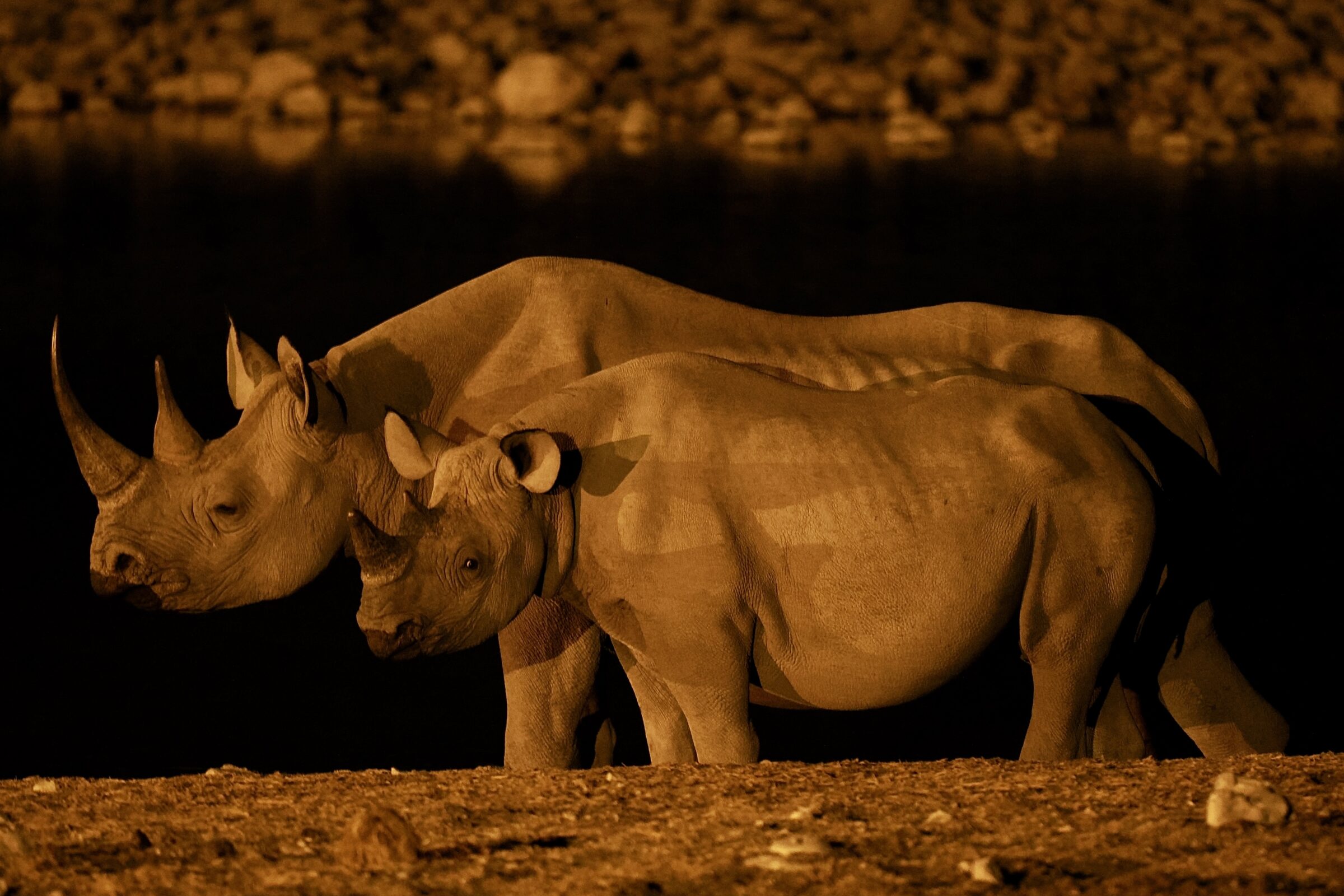This post is the “morning after” sequel to the one that showed Lila stashing her “prize”, shortly after she had killed a Red Hartebeest calf, late in the afternoon of 03 November 2022.
I took the featured image, above, at 7.55 am on 04 November 2022, when we returned to the relevant tree.
As you can see, Lila’s kill was quasi-intact, still “safe” in the tree’s canopy.
“When will Lila return to it?”, we wondered.
One Comment